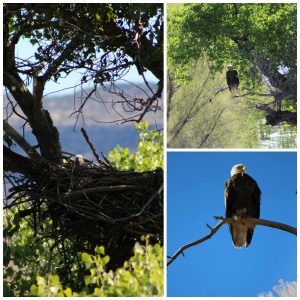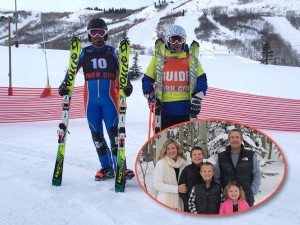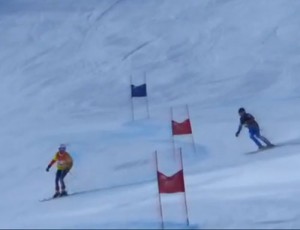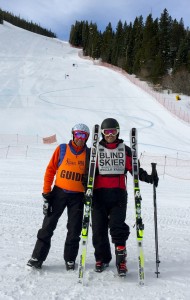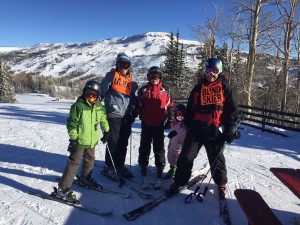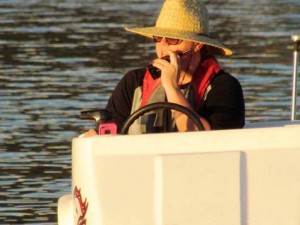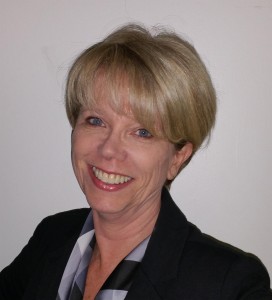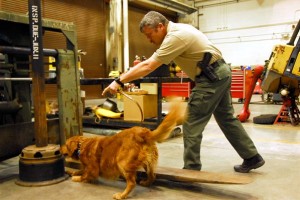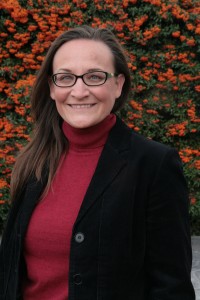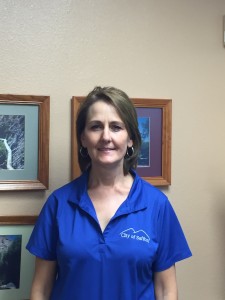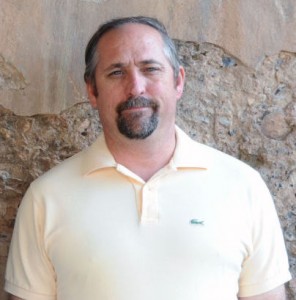Tempe Public Library Switching to Solar
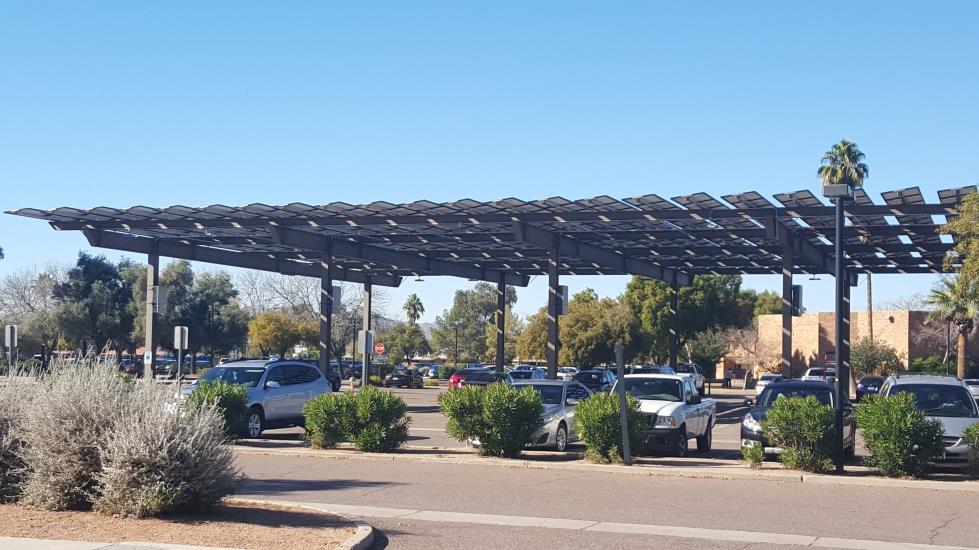 Tempe’s library complex is soaking up the sun with the completion of a new solar installation that will provide 35 percent of the complex’s power needs. To celebrate this renewable energy milestone, the Mayor Mark Mitchell and several councilmembers will be “flipping of the switch” as power is moved to the solar grid on Saturday, April 30.
Tempe’s library complex is soaking up the sun with the completion of a new solar installation that will provide 35 percent of the complex’s power needs. To celebrate this renewable energy milestone, the Mayor Mark Mitchell and several councilmembers will be “flipping of the switch” as power is moved to the solar grid on Saturday, April 30.
“This is exactly the type of project that makes Tempe great,” said Tempe Mayor Mark Mitchell. “We have improved our library for the hundreds of thousands of visitors each year by providing much-needed covered parking and a wonderful shaded outdoor gathering place for neighborhood events while saving money and reducing pollution with clean energy.”
Project features
- Five solar carport canopies that will provide 262 shaded parking spaces for patrons
- Large, north side canopy can be used for shaded parking or as a community gathering space for festivals, events, farmers markets and food trucks
- 486 solar panels on top of the library building
- Savings of more than $95,000 in utility costs over 20 years
- Five shaded wheelchair accessible parking spaces near the library entrance
- Increases the city’s renewable energy use from 3 percent to 5 percent
- Panels will produce 1.3 million kWh of energy, which is equivalent to reducing carbon emissions by more than 900 metric tons and taking 190 vehicles off the road each year.
Tempe’s renewable energy commitment
In June 2014, the City approved a goal to power 20 percent of city operations with clean energy by 2025. This goal is an important component of Tempe’s long-term asset management strategy to reduce the city’s overall energy use and utility costs. The city is currently at 3 percent, marking significant progress since the goal was adopted. The addition of the library complex project will bring the city to 5 percent. Tempe’s existing solar projects include:
- 263 kW system at the Police/Courts building in downtown Tempe. The system provides 12 percent of the building’s power needs and has saved the city $14,000 in just four months.
- 924 kW system at its South Water Treatment Plant that produces 15% of the plant’s energy and will save $2.3 million in 20 years
Upcoming projects include a 900 kW system at the Johnny G Martinez (JGM) Water Treatment Plant. For more information, visit www.tempe.gov/solar.
